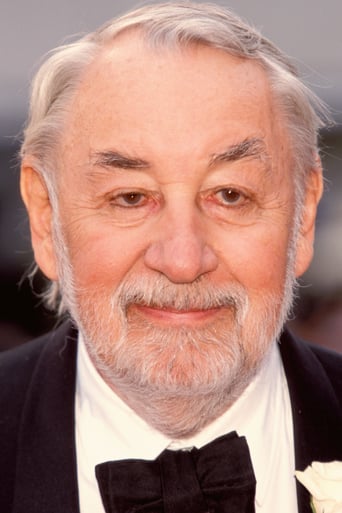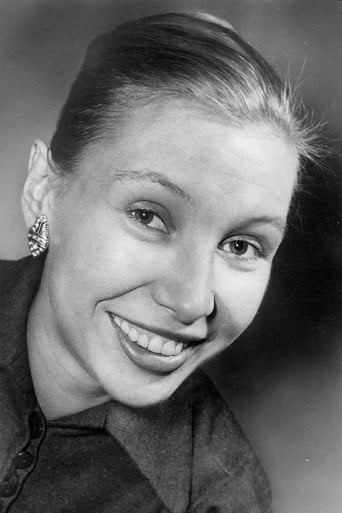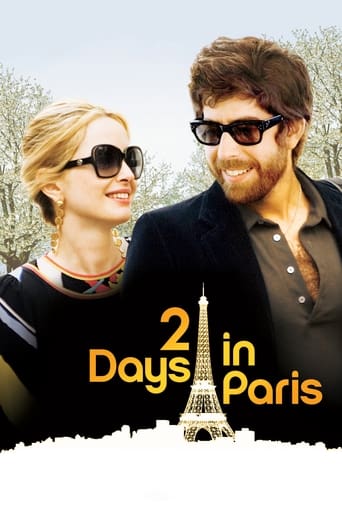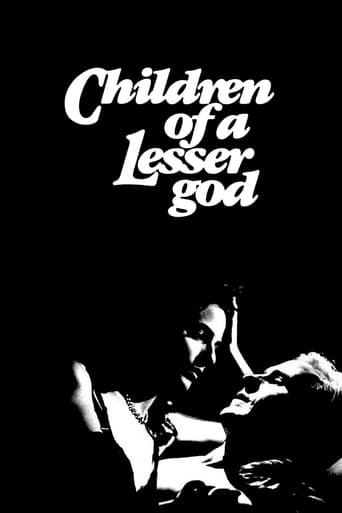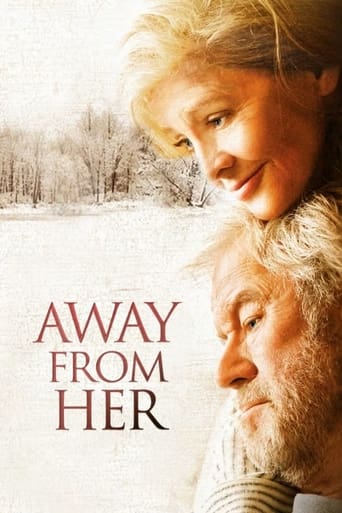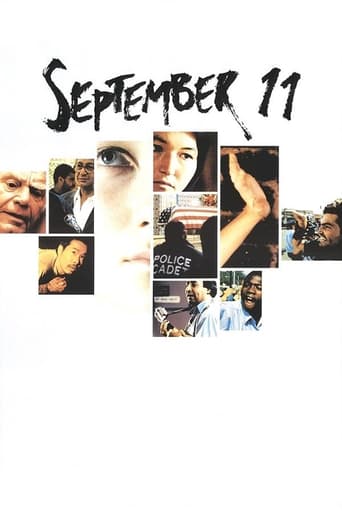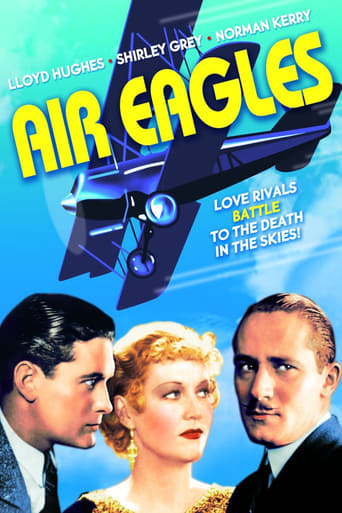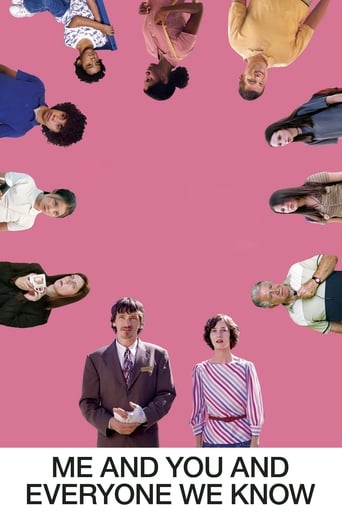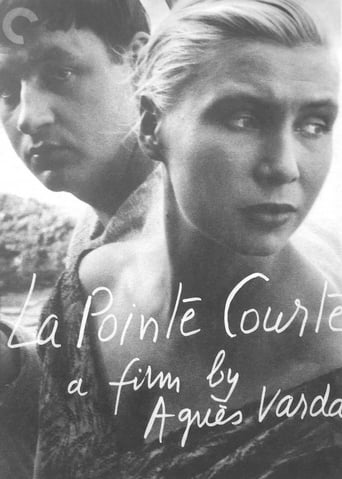
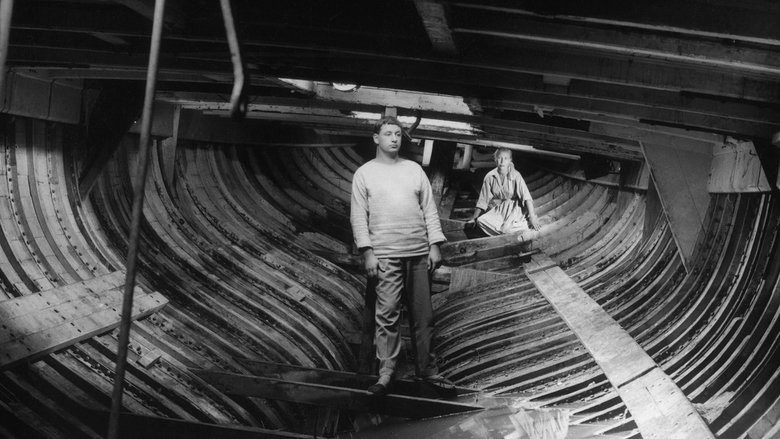
La Pointe Courte (1956)
A penetrating study of a marriage on the rocks, set against the backdrop of a small Mediterranean fishing village. Both a stylized depiction of the complicated relationship between a married couple and a documentary-like look at the daily struggles of the inhabitants of Sète in the South of France.
Watch Trailer
Cast


Similar titles
Reviews
La Pointe Courte (1955) was shown in the U.S. with its original French title. It was written and directed by Agnès Varda.Although this was Varda's first film, she already had the uncanny knack of knowing how to film intensely personal moments, how to film small group discussions, and how to film crowd scenes. She wanted to write about the village of La Pointe Courte, but instead decided to make a movie. She borrowed money, and she made this movie. Clearly, she was a genius, and we can see that when we watch to film. The acting in the film was at a high level. Most of the actors were nonprofessionals, who lived in the fishing village of La Pointe Courte.However, the two leads: Philippe Noiret as Lui, and Silvia Monfort as Elle, were professional actors. (Although Noiret went on to become one of France's most popular actors, this was his first major role. Monfort was a professional who, by 1955, had already worked in theater and cinema.)What makes the movie unique is that it blended one plot--an ethnographic vision of the small fishing village--with another very personal plot. In the latter plot, Noiret and Monfort play a married couple who have come from Paris to La Pointe Courte, where the husband was born. They are having an existential crisis. That always sounds pretentious, but I really think it fits in this case. Husband and wife are questioning their nature as individual human beings, their relationship as a couple, and whether they still truly love each other.They rent a room in La Pointe Courte, and then they talk. (Remember, this is a French film--an early example of what became the French Cinematic New Wave . That means the couple don't kiss, they don't make love, they don't fish or swim--they talk about their relationship.)Meanwhile, on the ethnographic side of the film, the people live hardscrabble lives because their income depends on the uncertainties of fishing. They are in a constant cat-and-mouse game with the public health authorities and the police, because they sometimes fish in contaminated water. As one character says, "Yes, the water is contaminated, but I haven't heard of anyone dying because they ate our fish."The good news is that the villagers help one another. It's clearly a cooperative situation, and that's how they survive. However, their life is hard, and they're always one step away from disaster.Philippe Noiret, even as a young man of 25, gives us the first view of the talent that he developed over the years. Monfort was his equal as an actor. She was 32 when the film was completed, but looked no older than Noiret. She had an unusual beauty, unlike the perfect beauty of Catherine Deneuve. In fact, Monfort looks like an actor Ingmar Bergman would have chosen to star in one of his films.People have pointed out that some of the shots in La Pointe Courte resemble Ingmar Bergman's work. The fact is that Bergman's film Persona, which clearly has some similar shots, was completed in 1966, 11 years after Varda's film. My compliments to Bergman, who had the genius to recognize greatness in another director.In many ways, the French Cinematic New Wave was a cooperative enterprise. The great director Alain Resnais was the editor of La Pointe Courte. Resnais had trained as an editor, but was already directing his own films in 1955. We can't tell how much his expertise helped fledgling filmmaker Varda, but my guess would be that his contribution was substantial.We saw this film as part of an Agnès Varda retrospective in the wonderful Dryden Theatre at George Eastman House in Rochester, NY. It would be better to see it on the large screen. However, if that's not an option, see it on the small screen. This film is both an aesthetic pleasure and a movie of historical importance. If you love cinema, this film is a must!
I noticed that all the reviews currently on IMDb for "La Pointe-Courte" are very positive--and some are simply glowing. Well, let me be a voice of dissent, as I disliked the film intensely. While I could see their point that some of the camera-work was nice, I found the film to be pretentious and boring.The film looks much like a French version of an Italian Neo-Realist film. The actors appear to be non-actors--local people from some French fishing community and the story, like a Neo-Realist film, is about ordinary people and ordinary things. Because of that, I found the first 33 minutes rather dull. Seeing folks in this fishing village only seemed interesting for a short time--then I failed to see any sort of point to the film. And, just when I thought it couldn't get much worse, it did! A newly wed couple you saw early in the film is now arguing--but arguing with absolutely no energy or intensity at all. And, oddly, apparently four years has passed since their last scene--though there is no sense of time passing at all in the film. And, instead of showing any emotion during this strange sequence, they TALK, TALK, TALK--while the camera plays annoying games with their profiles. Then, you see a closeup of a dead cat (who the @^## wants to see that?!) and then some eels. It's incredibly artsy-fartsy--that's for sure.This simply is a film that normal folks would hate intensely. While I have a high tolerance for art films and have probably reviewed more than anyone on IMDb, this film was just too intensely boring and pretentious and made me wonder WHO the audience was for it. If you think I am wrong, try showing the film to a few friends and family members--I would venture that most would feel pretty much like me about the film.
I am not a film historian or a fan of Nouvelle Vague. I wanted to see this film because it gave me the opportunity to see my hero, Philippe Noiret, when he was just 26. Thankfully we began by watching the interview w/ Varda, which really gives you a solid understanding of why this film was/is so important, mostly having to do with it being so innovative for its time, and its place as an influence on filmmakers that followed. The 2 story lines did not engage or interest me really.But the visuals were often terrific. And oddly enough, we had just the night before, watched Clash by Night, an American film of the same time which was shot on location in the fishing community of Monterey CA. While visuals were often excellent there as well,in Clash by Night the film really was the STORY, and a very passionate one at that.La Pointe-Courte was also really important as an example of one of the few important "First Films' of a director,especially a woman director in 1955 , and really especially, one who had no previous experience in film making and no knowledge of film history.
Agnès Varda began her career in 1954 as a feature film director with this movie that tells two separate stories in reciprocal counterpoint: daily life at a fishing village near Sète in France with its joys and dramatic moments and the relationship between husband and wife when she who is a Parisian returns to him after he had chosen to return to his birthplace where he feels now very happy but that doesn't seem to please her very much at first and puts their marriage in danger. This situation is given in a series of soft dialogues between them which don't reveal themselves deep and meaningful enough to make us feel the sentiments behind them. Varda has done much better later with such very good movies like "Le Bonheur" or "Cléo de 5 à 7". However this movie is also classified as a landmark in the New Wave of French cinema that began about that time with names like Truffaut, Godard and Chabrol. It's this historical value that mainly makes this movie worth to be seen.


